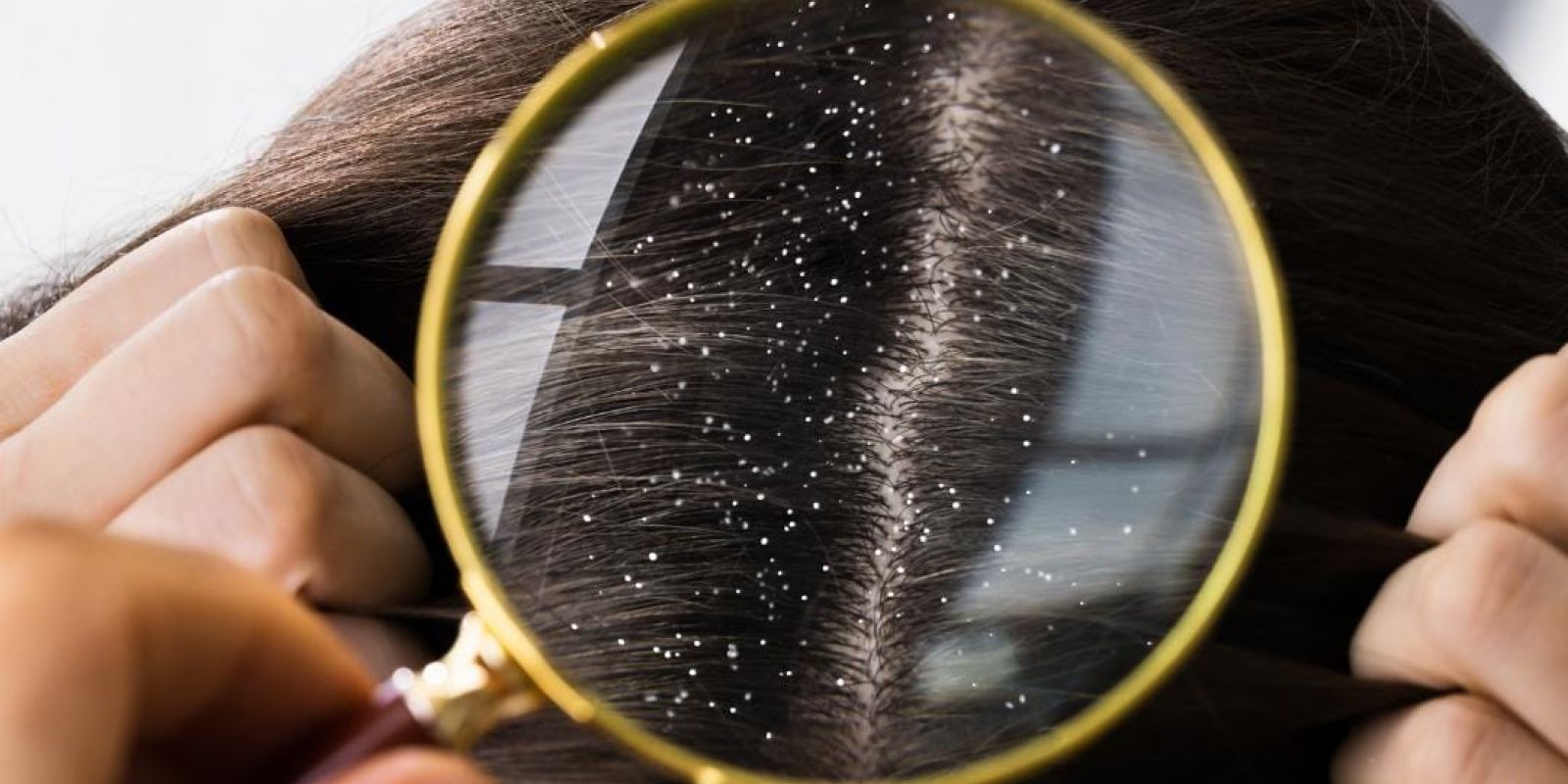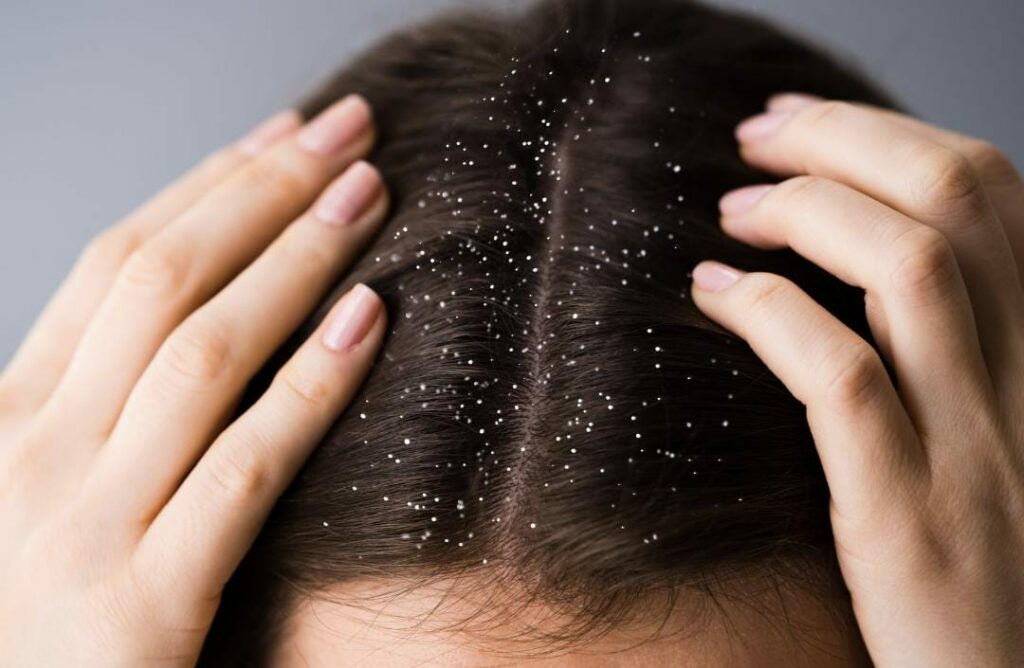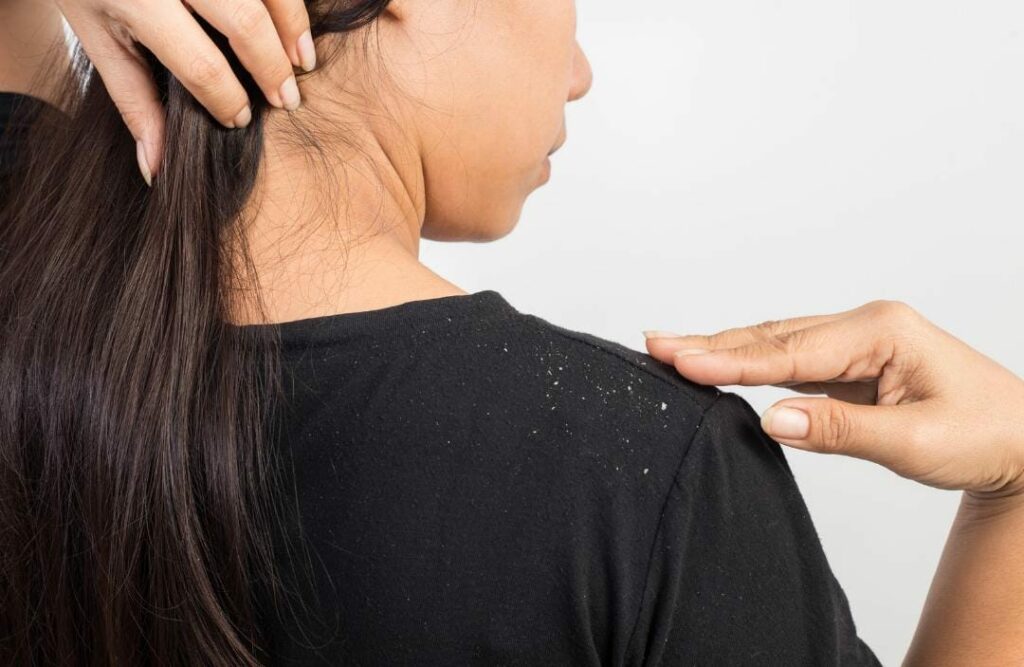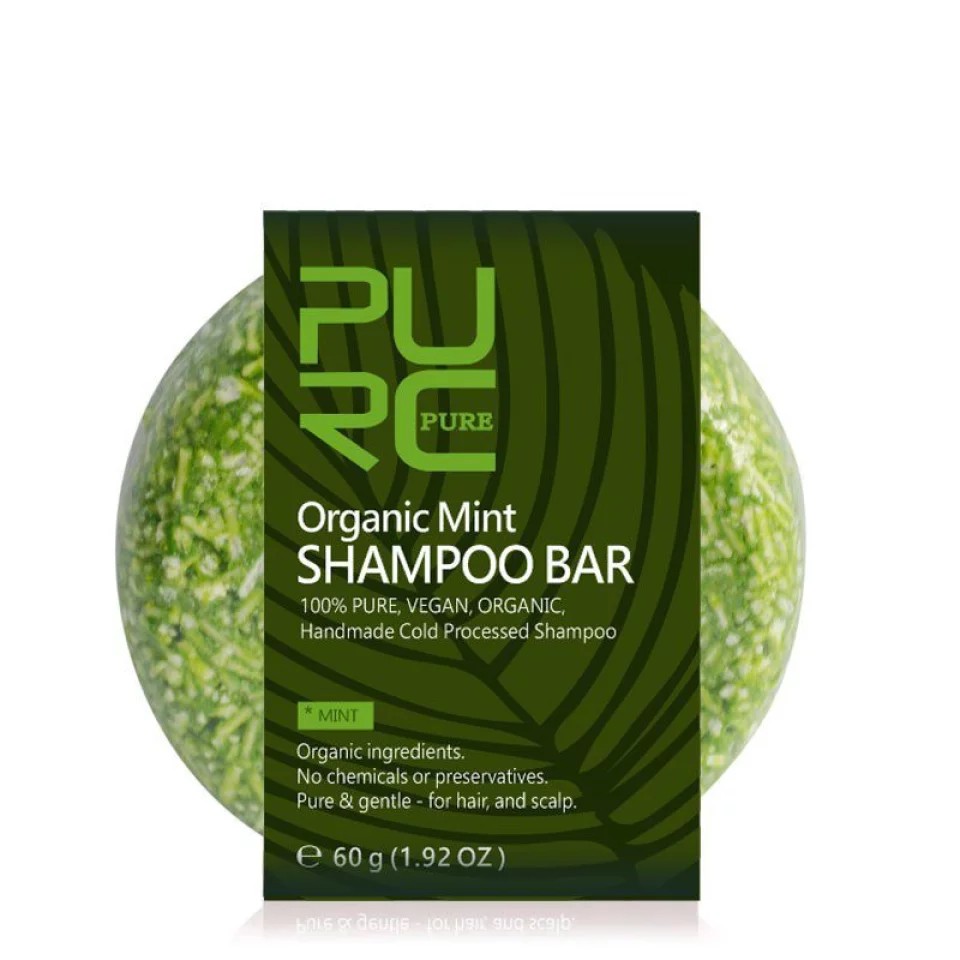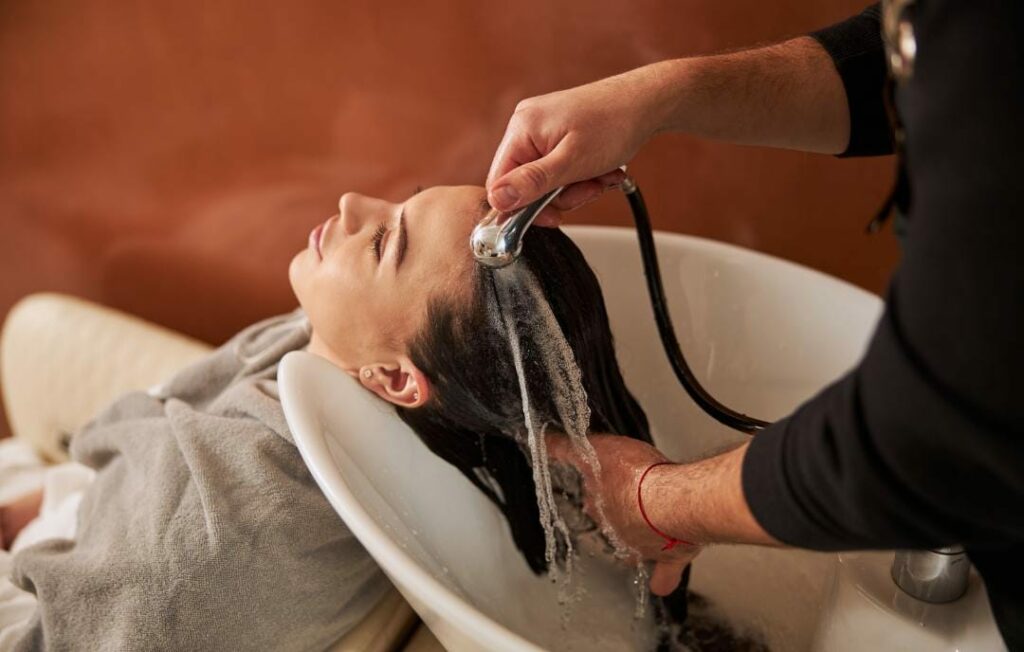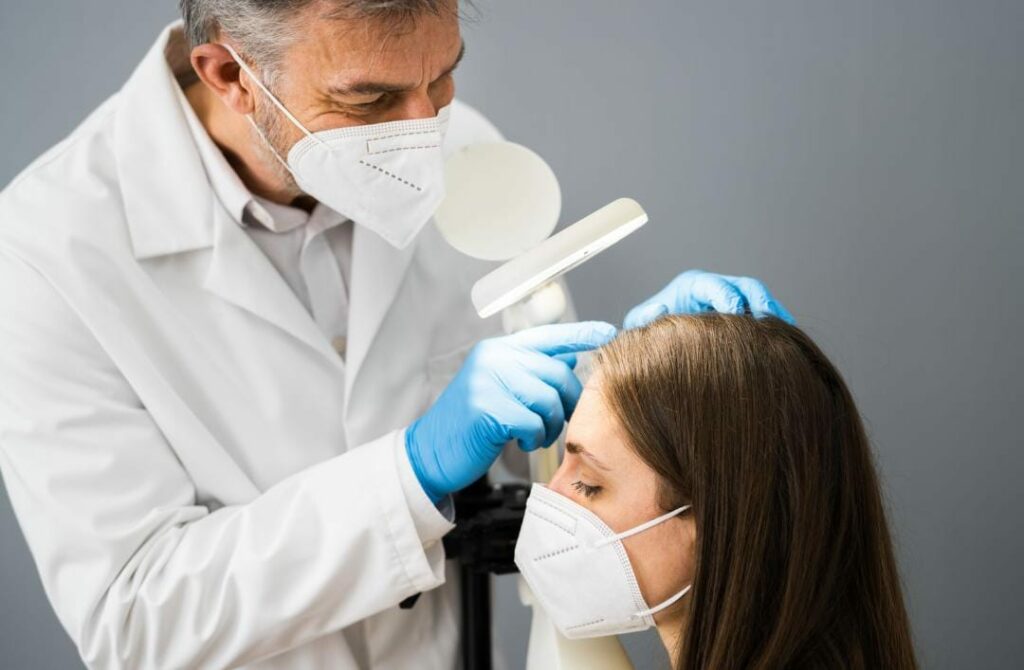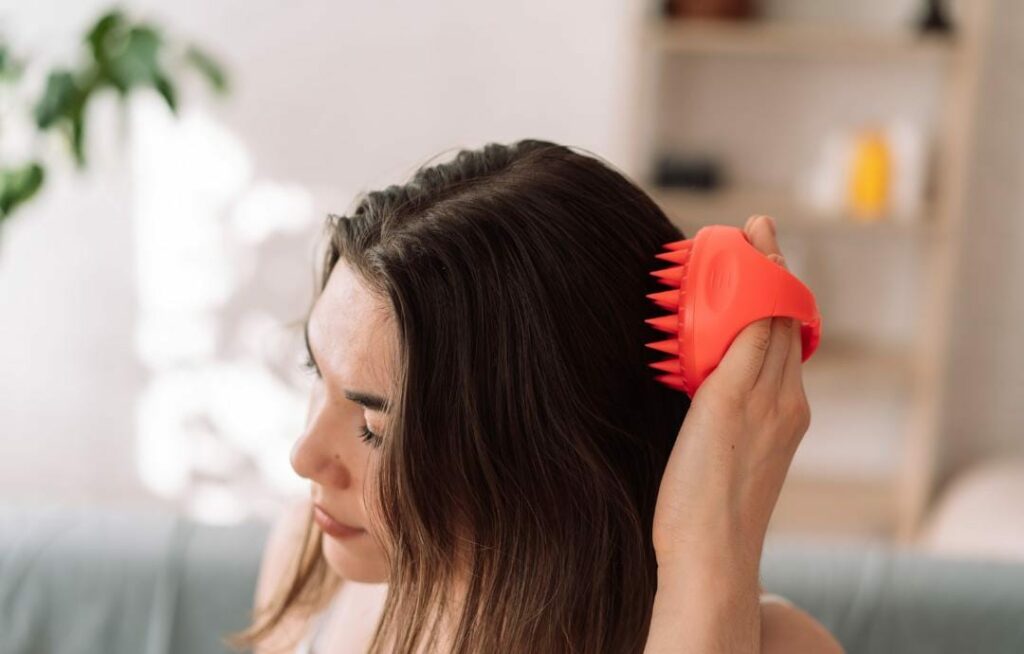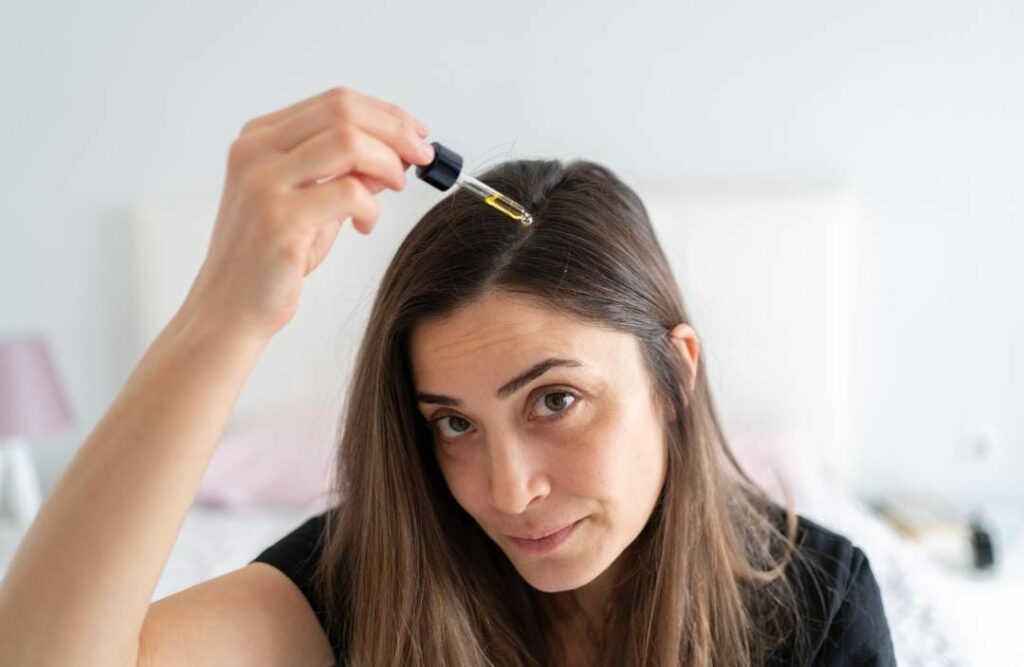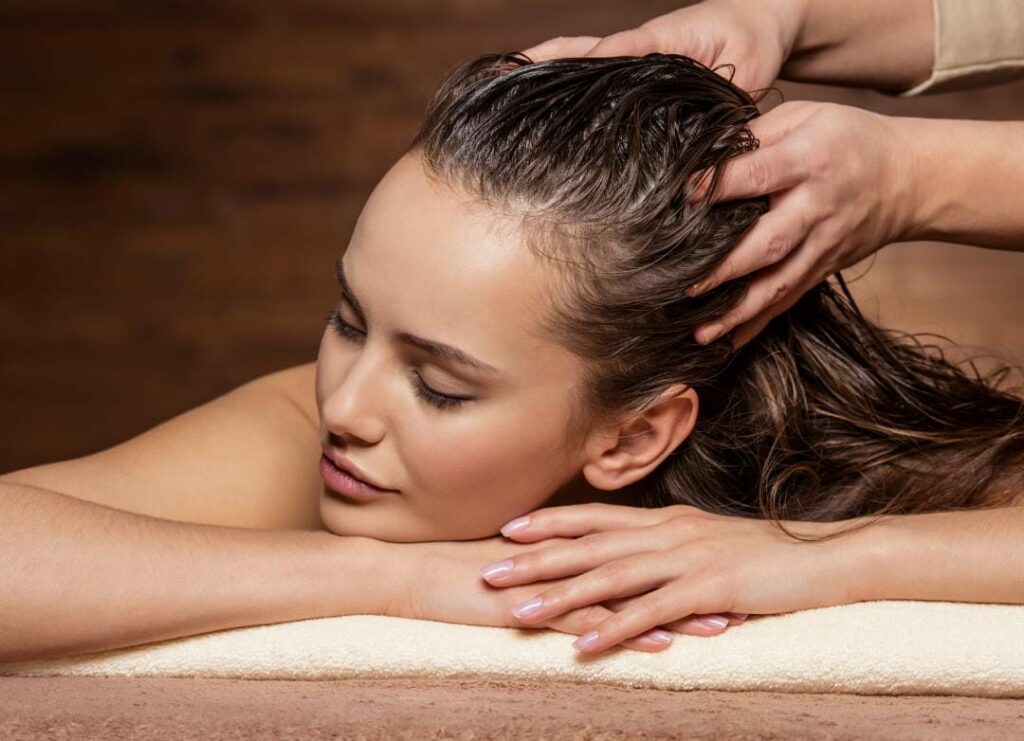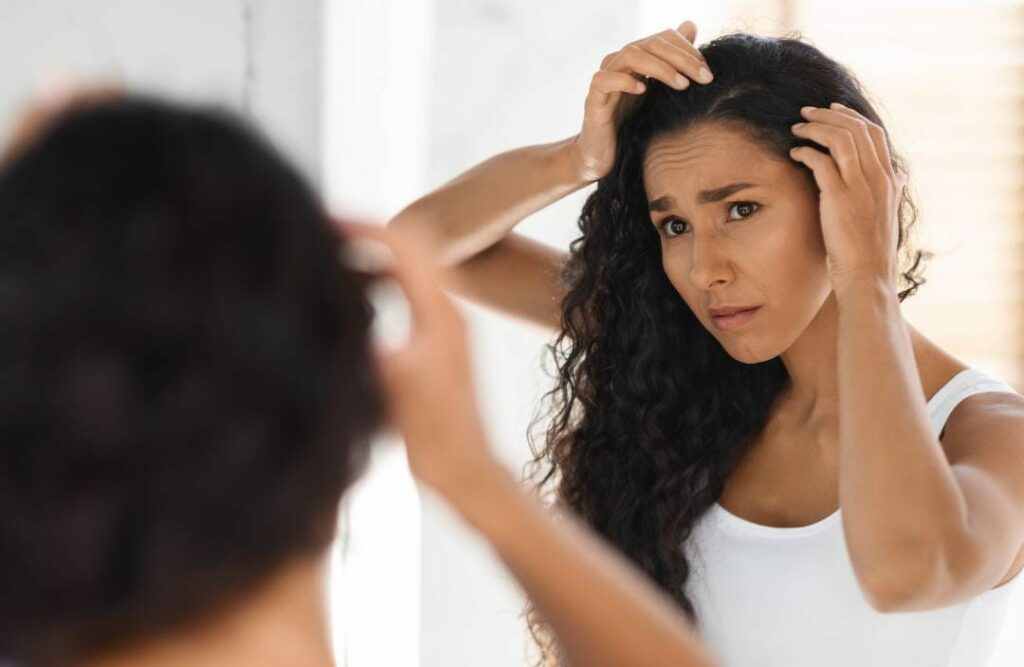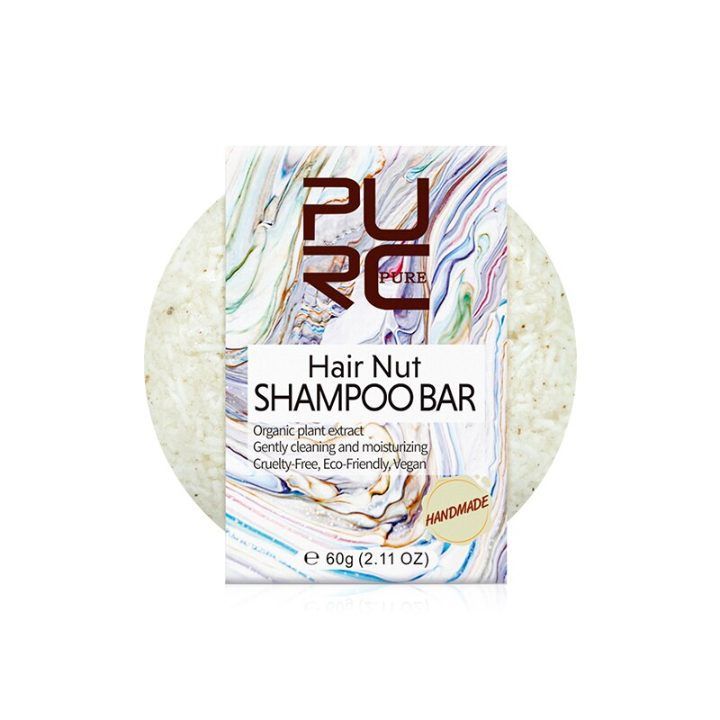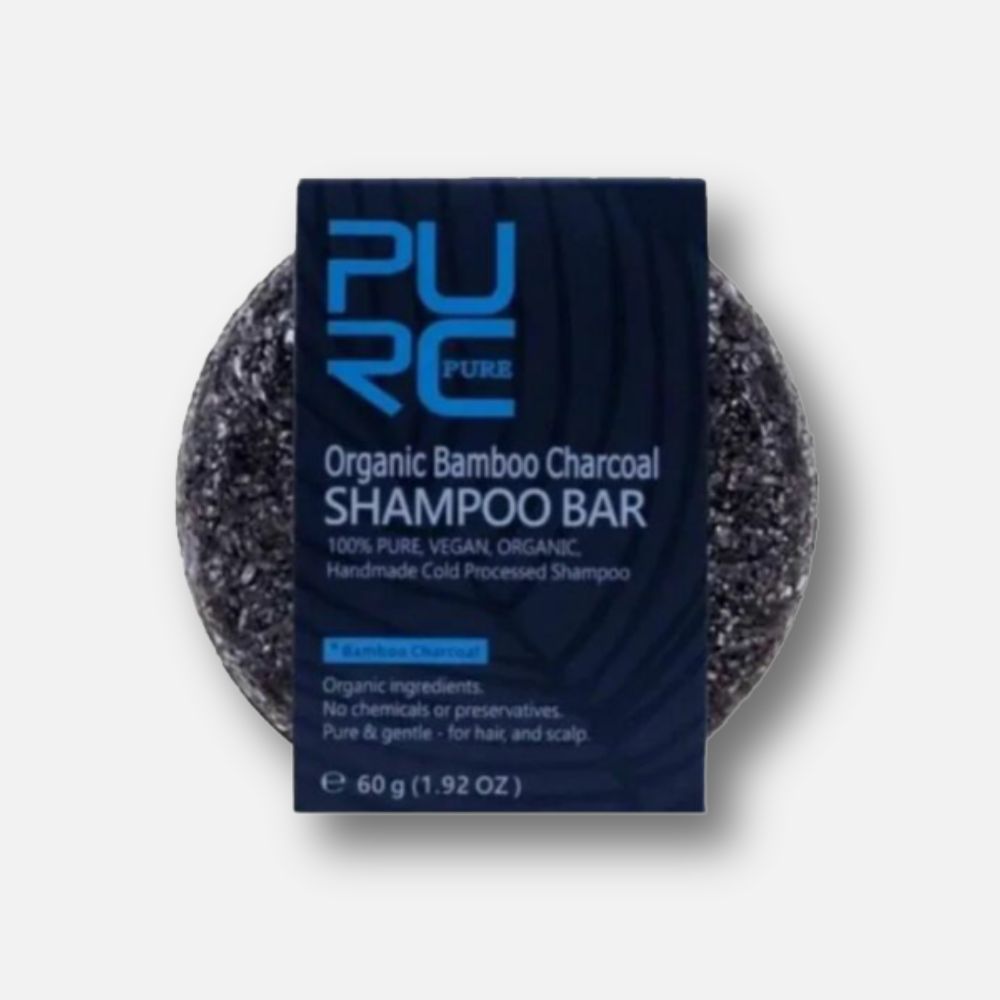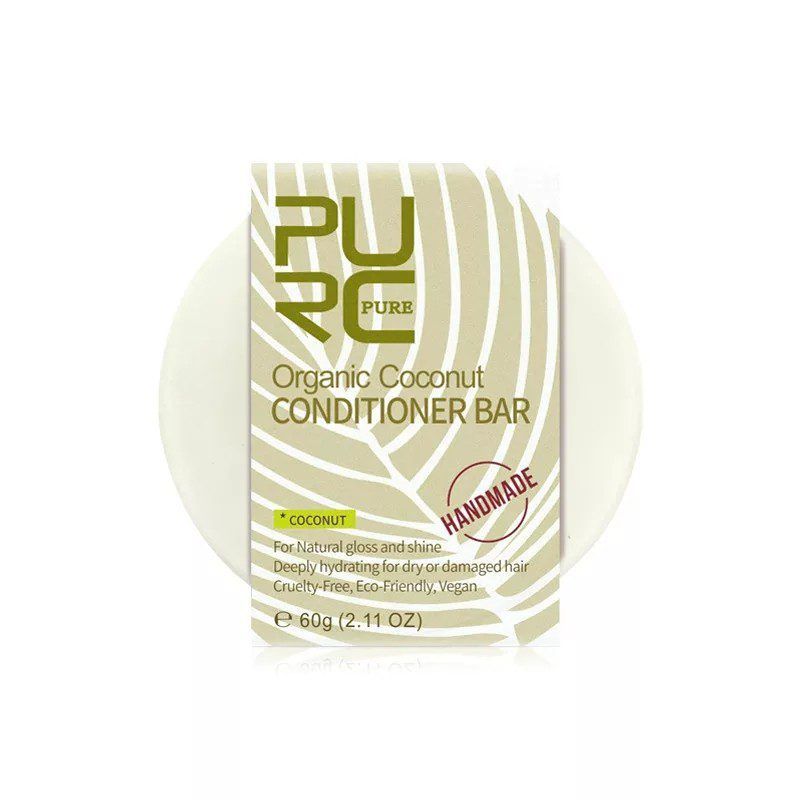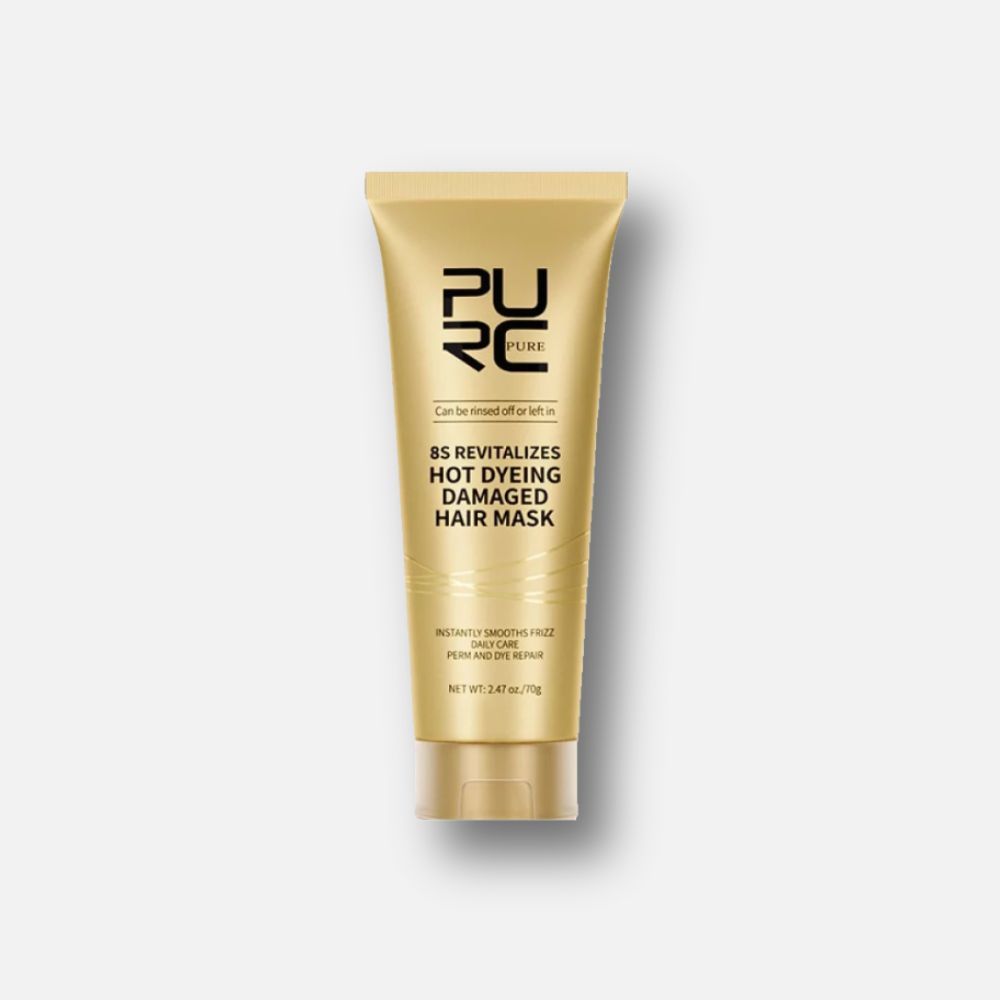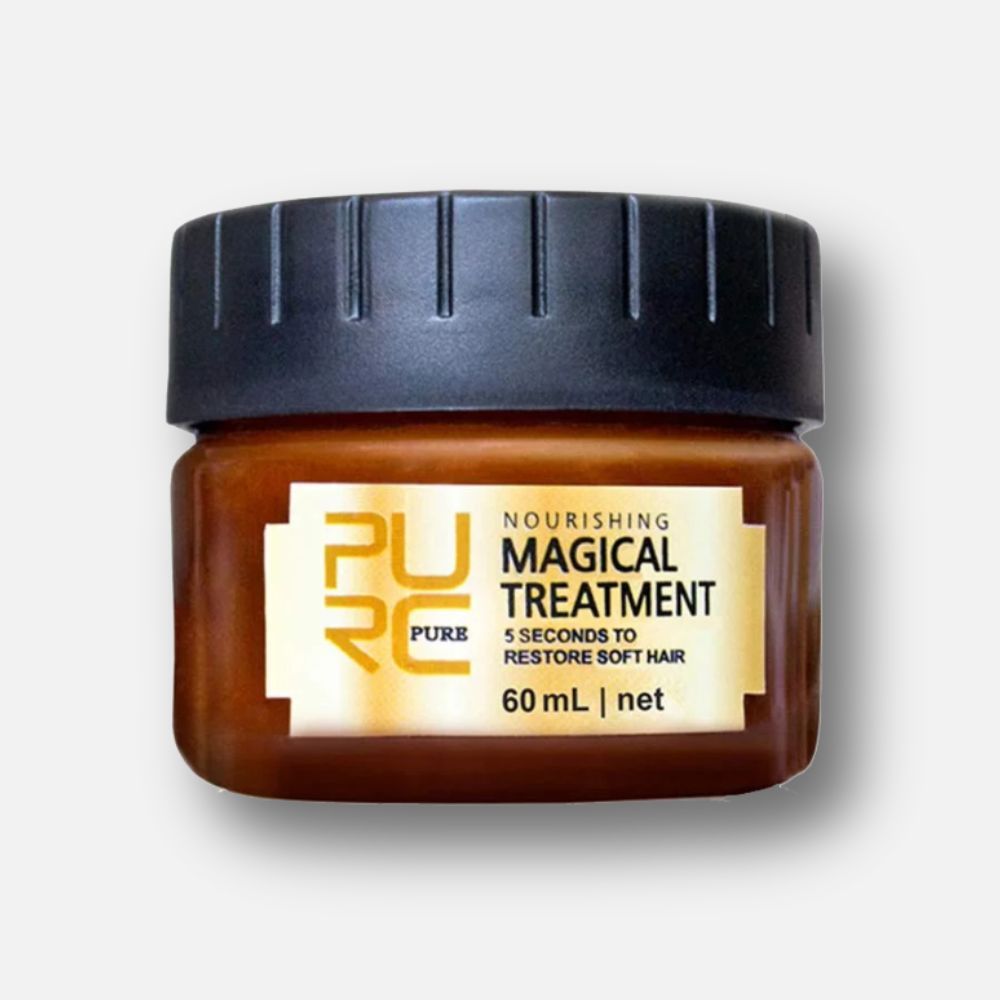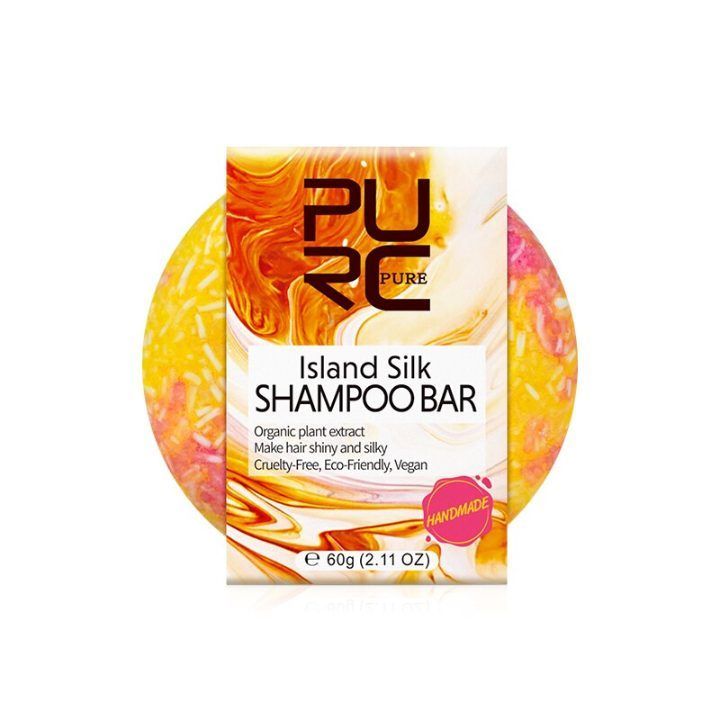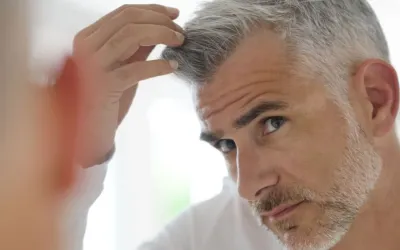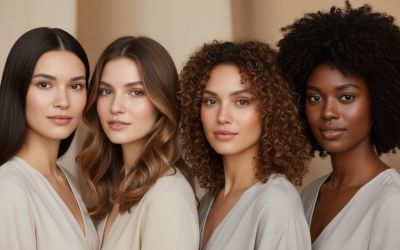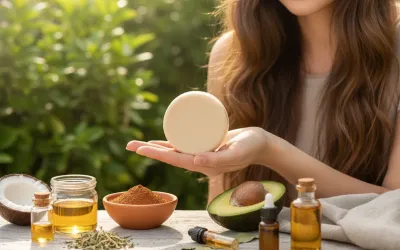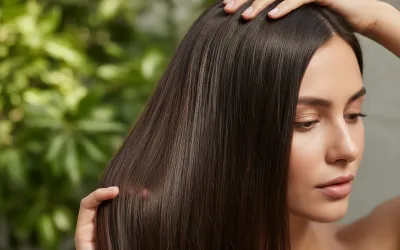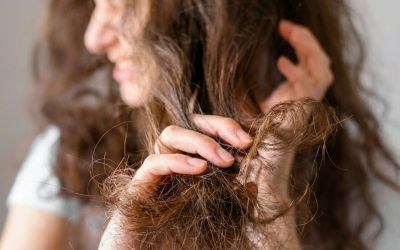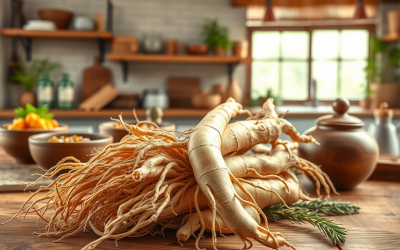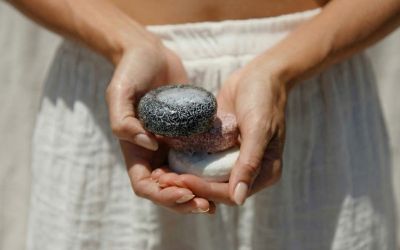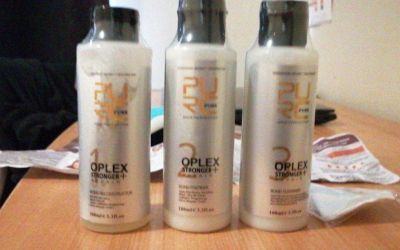Dandruff is a common scalp condition affecting millions of people worldwide. It can cause itching, flaking, and embarrassment for those who suffer from it. But what exactly is dandruff, and how can you eliminate it?
This article will explore the different types of dandruff, the possible causes, and the best treatments for a healthy and dandruff-free scalp. Whether you have oily, dry, or fungal dandruff, you can treat it at home with natural remedies and chemical products. Read on to find out more!
Types of Dandruff
Dandruff is a common condition that affects many people. It causes skin flakes on the scalp and hair, which can be embarrassing and uncomfortable. But what causes dandruff, and how can you treat it?
This section will explore the different types of dandruff and how to deal with them.
Oily Dandruff
Oily dandruff is caused by excess sebum production on the scalp. Sebum is a natural oil that moisturizes and protects the skin, but too much of it can clog the pores and create a breeding ground for bacteria and fungi. This can lead to inflammation, itching, and flaking of the scalp. It can also make the hair look greasy and dull.
Dry Dandruff
A lack of moisture on the scalp causes this. This can happen due to cold weather, dry air, aging, or harsh shampoos that strip away the natural oils from the scalp. It can make the scalp feel tight, itchy, and flaky. It can also make the hair look dull and brittle.
Fungal Dandruff
An overgrowth of a yeast-like fungus causes fungal dandruff called Malassezia on the scalp. Malassezia usually is present on the skin in small amounts, but it can multiply rapidly under certain conditions, such as high humidity, stress, hormonal changes, or weakened immunity. When this happens, it feeds on the sebum and produces substances that irritate the scalp and cause inflammation, itching, and flaking. It can also spread to other body parts, such as the face, ears, chest, or back.
Dandruff is not severe, but it can be annoying and embarrassing. By understanding the different types and how to treat them properly, you can improve your scalp health and enjoy flake-free hair.
How is It Caused?
- Oily dandruff occurs when the scalp produces too much oil (sebum), which clogs the pores and traps dead skin cells. This creates a smooth layer of flakes that sticks to the hair and scalp. It can be caused by hormonal changes, stress, poor hygiene, or certain products that are too harsh or oily for your scalp.
- Dry dandruff occurs when the scalp is too dry and lacks moisture. This causes the skin to become flaky and brittle and easily fall off. Dry skin can be caused by cold weather, low humidity, over-washing, or using products that are too drying or irritating for your scalp.
- Fungal dandruff occurs when a fungus called Malassezia grows on the scalp and feeds on the oil. This causes inflammation and irritation, leading to more oil production and flakes. It can be caused by a weakened immune system, genetic factors, or using products that alter the scalp’s natural balance.
Other factors contributing to dandruff are pollution, harsh chemicals, and season change. These can all affect the health and balance of your scalp and make it more prone to flaking.
How to Treat Dandruff at Home?
Dandruff is a common condition that causes dead skin flakes to appear on the scalp and hair. Various factors, such as dry skin, oily skin, fungal infection, or sensitivity to hair products, can cause it. Dandruff can be annoying and embarrassing but not harmful or contagious. However, it can affect your self-esteem and confidence.
Fortunately, some simple ways exist to treat dandruff at home and prevent it from returning. Here are some tips to help you eliminate it and maintain a healthy scalp.
1. Don’t let the Fungus Grow
One of the leading causes of dandruff is a fungus called Malassezia, which lives on the scalp and feeds on the natural oils produced by the hair follicles.
To keep the fungus in check, you can use shampoos containing zinc pyrithione, selenium sulfide, ketoconazole, or coal tar. These ingredients can kill the fungus and reduce inflammation and itching. It would be best to use these shampoos at least twice a week for a few weeks until your dandruff improves. Then you can use them once a week or as needed to prevent a recurrence.
2. Maintain a Healthy Scalp
Another way to treat dandruff at home is to keep your scalp clean and moisturized. Depending on your hair type and scalp condition, you may need to wash your hair more or less frequently. If you have oily hair, characterized by yellowish or greasy flakes that stick to the scalp and hair, you may need to wash your hair everyday or every other day to remove the excess oil and dirt that can clog the pores and worsen it.
If you have dry dandruff, characterized by white or gray flakes that fall off easily from the scalp and hair, you may need to wash your hair less often to avoid stripping the natural oils that protect and hydrate the scalp.
It would help if you also used a mild shampoo that does not contain harsh chemicals or fragrances that can irritate the scalp. After washing your hair, rinse it well with lukewarm water and gently pat it dry with a towel. Avoid rubbing or scratching your scalp, which can damage the skin and cause more flaking.
3. Treat the Root Cause
Sometimes, dandruff can be a symptom of an underlying condition that needs medical attention. For example, some people may have seborrheic dermatitis, a chronic inflammatory skin disorder that affects the scalp and other oily body areas. It causes redness, scaling, itching, and yellowish crusts on the skin. Stress, hormonal changes, weather changes, or certain medications can trigger seborrheic dermatitis.
If it does not improve with home remedies or over-the-counter shampoos, or if you experience other symptoms such as pain, swelling, bleeding, or hair loss, you should see your doctor as soon as possible.
Dandruff is a common but manageable condition that can affect anyone at any age. Following these tips, you can treat it at home and enjoy a flake-free and healthy scalp. Remember to be gentle with your scalp and hair, and use products that suit your needs and preferences. If you have any questions or concerns about your scalp health, do not hesitate to ask your doctor or pharmacist for advice.
Chemical Treatments
This section will explore how chemical treatments can help with oily, dry, and fungal dandruff.
Oily Dandruff
You can use chemical treatments that contain ingredients such as salicylic acid, zinc pyrithione, or selenium sulfide to treat oily scalp. These ingredients help remove the excess oil and flakes from the scalp and prevent them from returning. Some examples of chemical treatments for oiliness are:
1. Anti-dandruff Shampoo :
Use a shampoo that contains one of the above ingredients and follow the instructions on the label. Wash your hair at least twice weekly with this shampoo and rinse well.
2. Scalp Toner :
Apply a scalp toner that contains salicylic acid or zinc pyrithione after shampooing your hair. This will help to balance the pH level of your scalp and reduce oiliness.
3. Scalp Mask :
Use a scalp mask that contains clay or charcoal once a week. This will help absorb the oil and dirt from your scalp and leave it clean and refreshed.
Dry Dandruff
You can use chemical treatments that contain ingredients such as glycerin, urea, or lactic acid to treat dry dandruff. These ingredients help to hydrate and nourish the scalp and prevent it from drying out. Some examples of chemical treatments for dryness are:
1. Moisturizing Shampoo :
Use a shampoo that contains one of the above ingredients and follow the instructions on the label. Wash your hair at least twice weekly with this shampoo and rinse well.
2. Scalp Serum :
Apply a scalp serum that contains glycerin or urea after shampooing your hair. This will help to lock in moisture and protect your scalp from dryness.
3. Scalp Oil :
Use a scalp oil that contains natural oils such as coconut, olive, or jojoba once a week. This will help replenish your scalp’s sebum level and soften the flakes.
Fungal Dandruff
To treat fungal dandruff, you can use chemical treatments that contain ingredients such as ketoconazole, ciclopirox, or coal tar. These ingredients help to kill the fungus and reduce the inflammation and flaking of the scalp. Some examples of chemical treatments for fungal are:
1. Antifungal Shampoo :
Use a shampoo that contains one of the above ingredients and follow the instructions on the label. Wash your hair at least twice weekly with this shampoo and rinse well.
2. Scalp Cream :
Apply a scalp cream that contains ketoconazole or ciclopirox after shampooing your hair. This will help to prevent the fungus from growing back and soothe your scalp.
3. Scalp Lotion :
Use a scalp lotion that contains coal tar once a week. This will help slow cell turnover and reduce the scaling of your scalp.
Chemical treatments are an effective way of dealing with different types of dandruff. Depending on your type, you can choose from various ingredients and products that suit your needs.
Dandruff is a common scalp condition that affects many people. Various factors, such as pollution, harsh chemicals, season change, and fungal infection, can cause it. There are different types, such as oily, dry, and fungal dandruff, and each one requires a different approach. In this article, we have discussed some of the causes and treatments of dandruff and how you can maintain a healthy scalp and prevent it from recurring.
Keep your scalp clean and moisturized, and avoid chemical treatments that can damage your hair and scalp. With these tips, you can say goodbye to dandruff and hello to beautiful hair!
